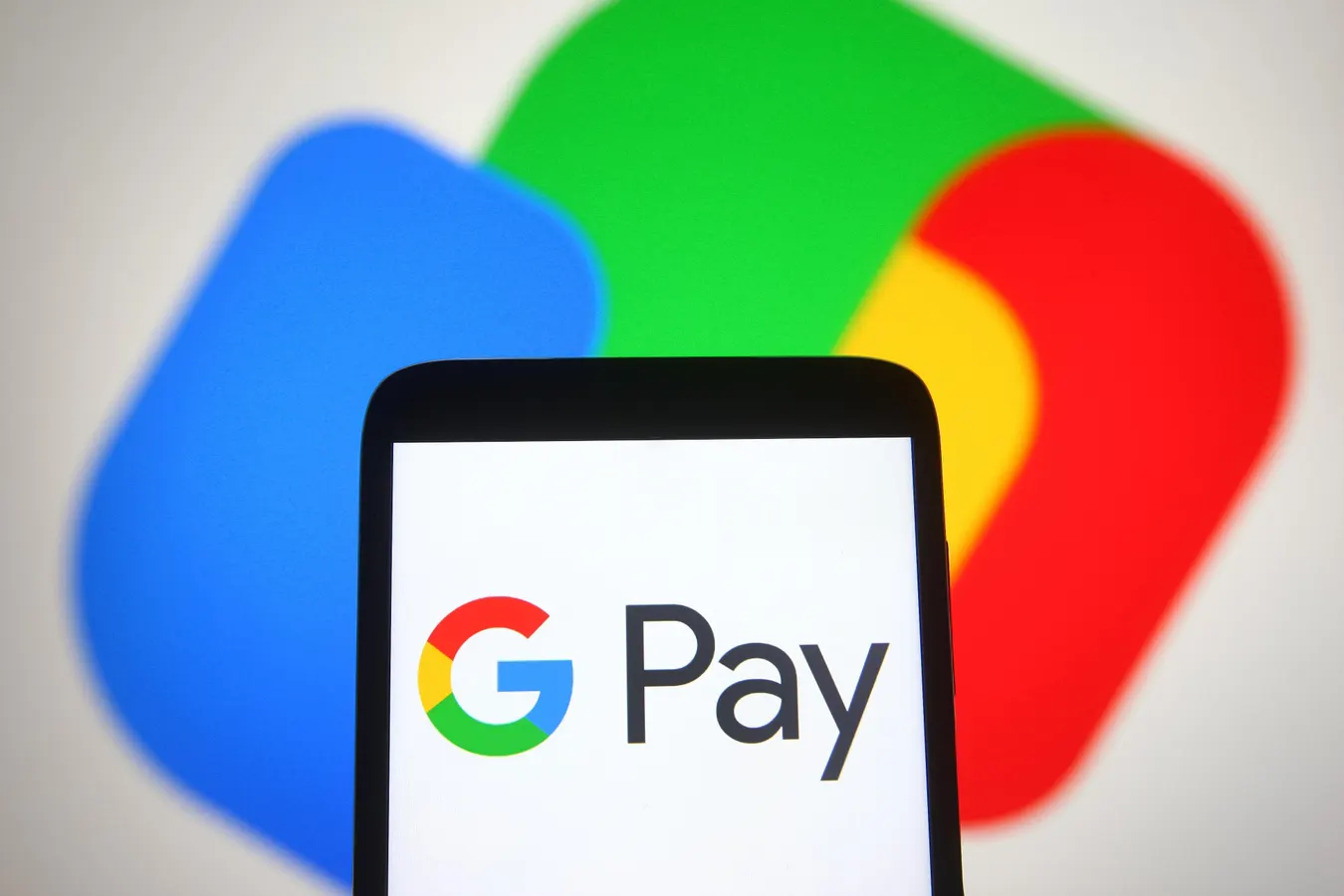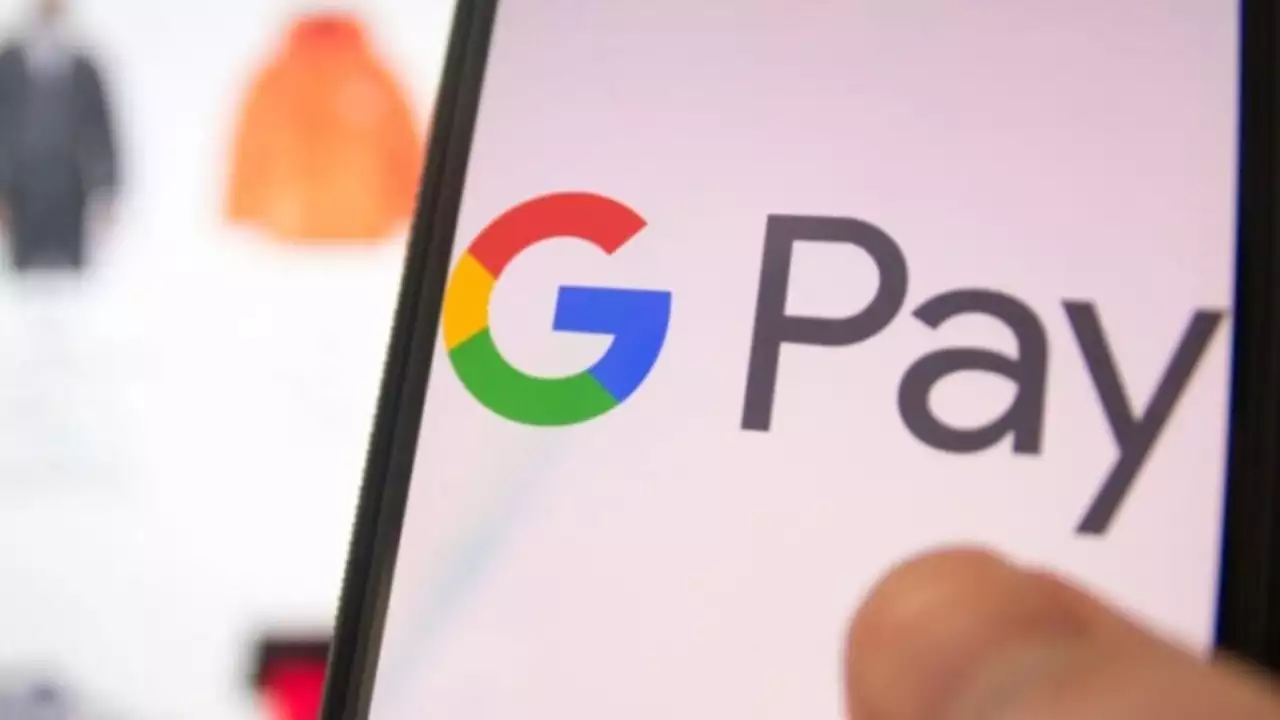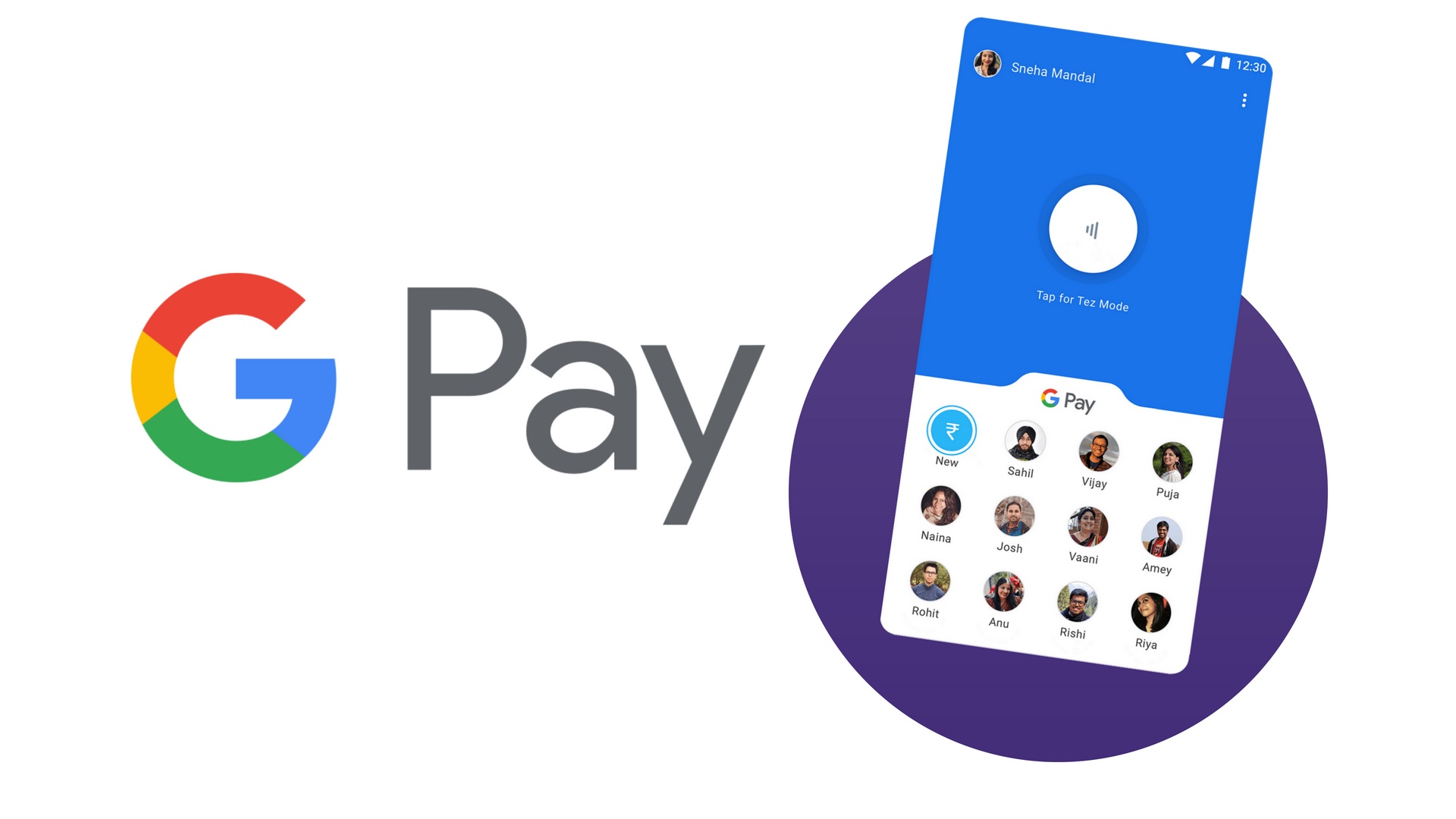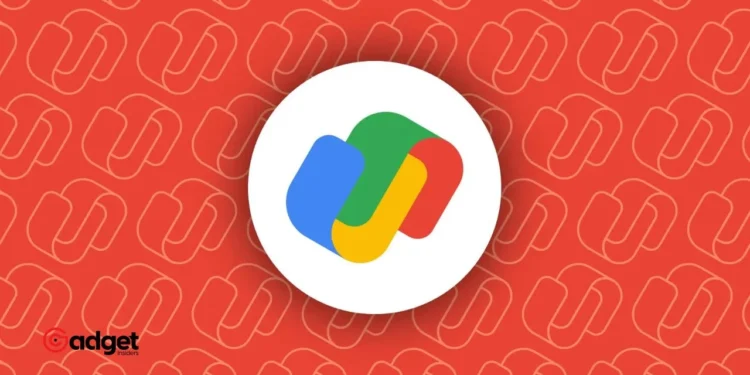In a move that marks the end of an era for digital payment solutions by Google, the Google Pay app, once a staple on Android home screens, is no longer available in the United States. This decision follows Google’s announcement in February, underlining a significant shift in strategy. The company revamped Google Pay in 2020 with ambitious plans to introduce a “mobile-first bank account,” which ultimately did not materialize.
As of June 4, users attempting to log into the app were greeted with a message informing them of its discontinuation and redirecting them to the Google Wallet app for their tap-to-pay needs.

Transitioning to Google Wallet: What Changes for Users?
With the discontinuation of GPay, Google emphasizes its pivot towards Google Wallet. This strategic realignment focuses on digitizing the entirety of one’s physical wallet, not just facilitating payments. Despite this shift, the functionality for peer-to-peer transactions, a popular feature in the US, has also been phased out.
Users can use the Google Pay website to manage their existing balances, transferring funds to their bank accounts as needed. The absence of equivalent financial tracking functionality in Google Wallet underscores a broader change in focus for Google’s payment services.
The original vision for Google Pay included a more personal interaction model, where transactions resembled message-like conversations with people and businesses, complete with insights and financial management tools. These features are now a thing of the past as Google recalibrates its offerings.

The Promises and Challenges of Plex Accounts
Reflecting on Google’s ambitious initiatives, the now-defunct “Plex Accounts” was a major highlight. Announced in November 2022, these accounts represented a partnership with prominent banks and credit unions, notably Citi. Plex aimed to integrate checking and saving functionalities with a physical card option, offering customizable goals and “round-up transfers” to enhance savings strategies.
Despite the initial excitement and a substantial waitlist of 400,000 potential users, Plex was shelved in October 2021. Google’s statement highlighted a strategic withdrawal from being a direct provider to focusing on “delivering digital enablement for banks and other financial service providers.”
This pivot reflects a broader trend in the tech industry, where companies often recalibrate their product strategies based on evolving market dynamics and core competencies.

Google Pay: The Future of Digital Payments at Google
As Google turns the page on GPay and Plex, the focus on Google Wallet signifies a commitment to streamlining digital transactions and financial management in a single, integrated application. This move aligns with Google’s vision of simplifying technology and enhancing user interactions with digital platforms.
The evolution of Google’s payment services from GPay to Google Wallet is symbolic of the tech giant’s adaptability and responsiveness to user needs and market trends. As digital wallets become increasingly prevalent, Google’s efforts to refine and enhance its offerings will likely continue to shape how consumers manage their financial lives digitally.
The journey from GPay to Google Wallet is not just a change of platforms but a strategic refocus that may set the stage for the next big innovation in digital financial services.










